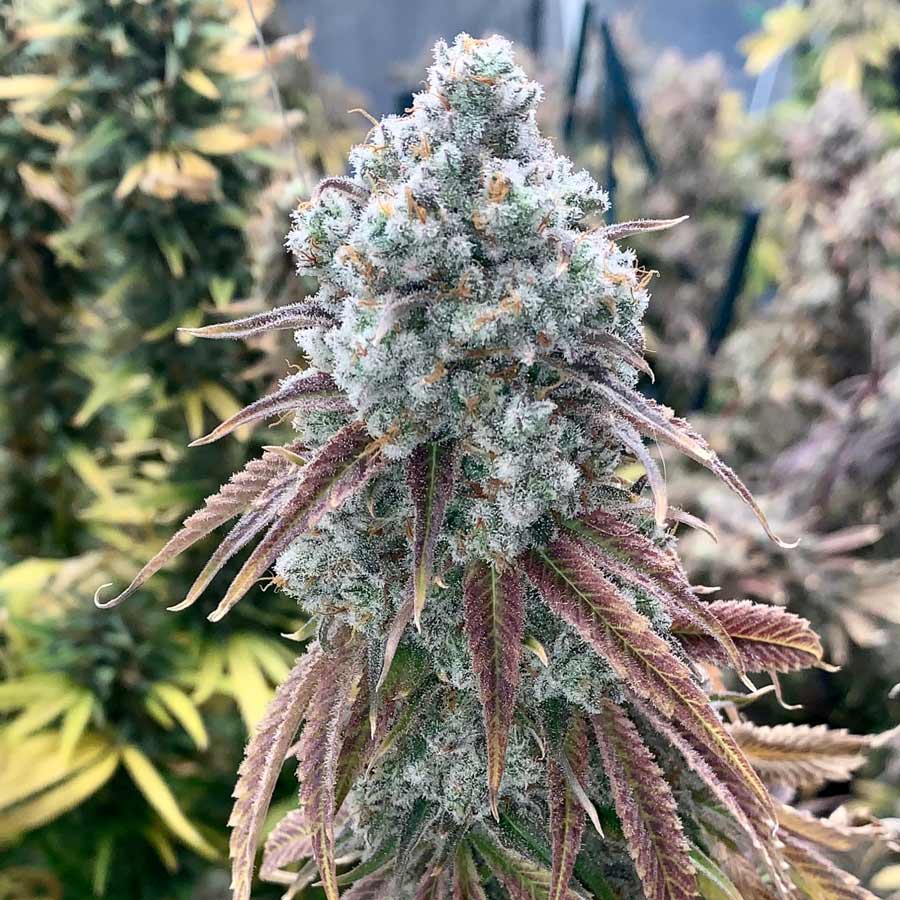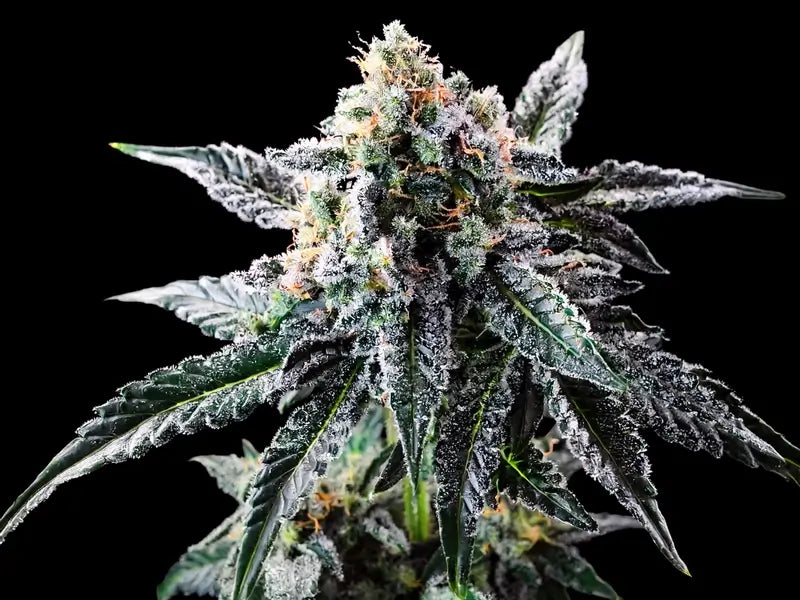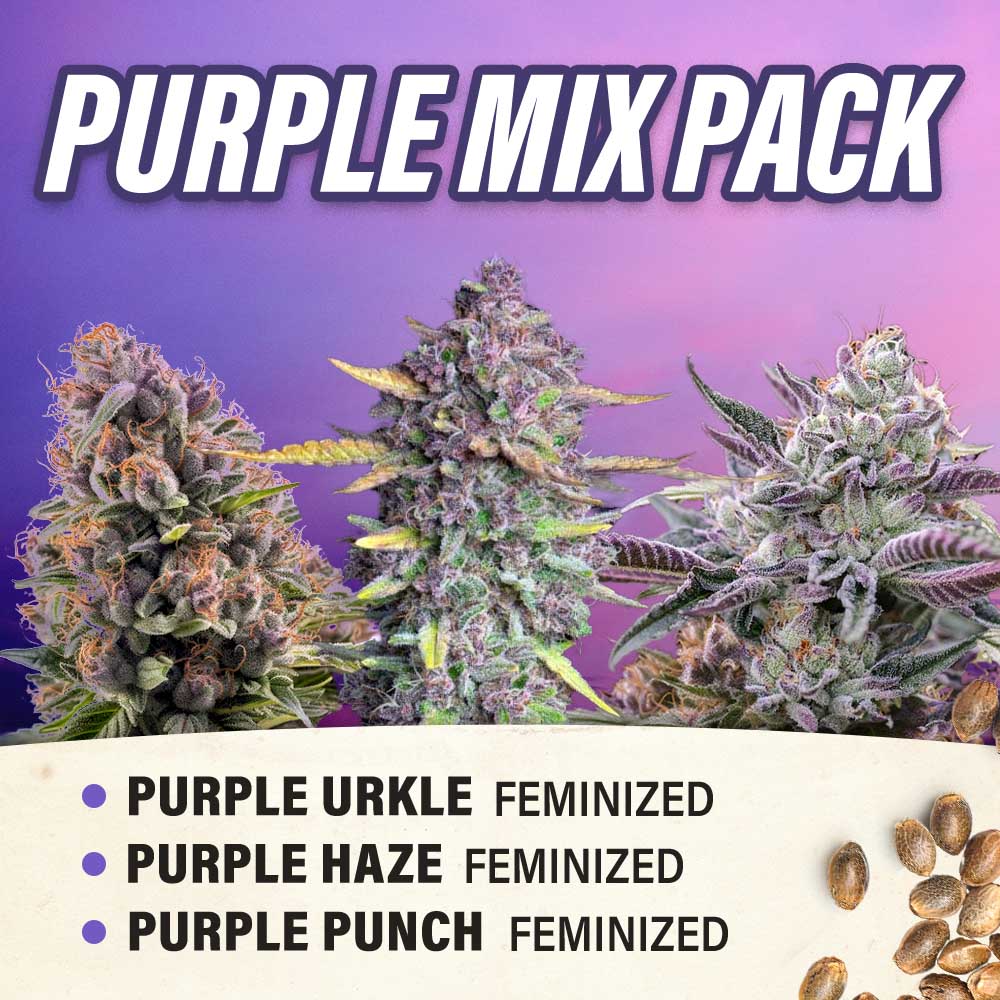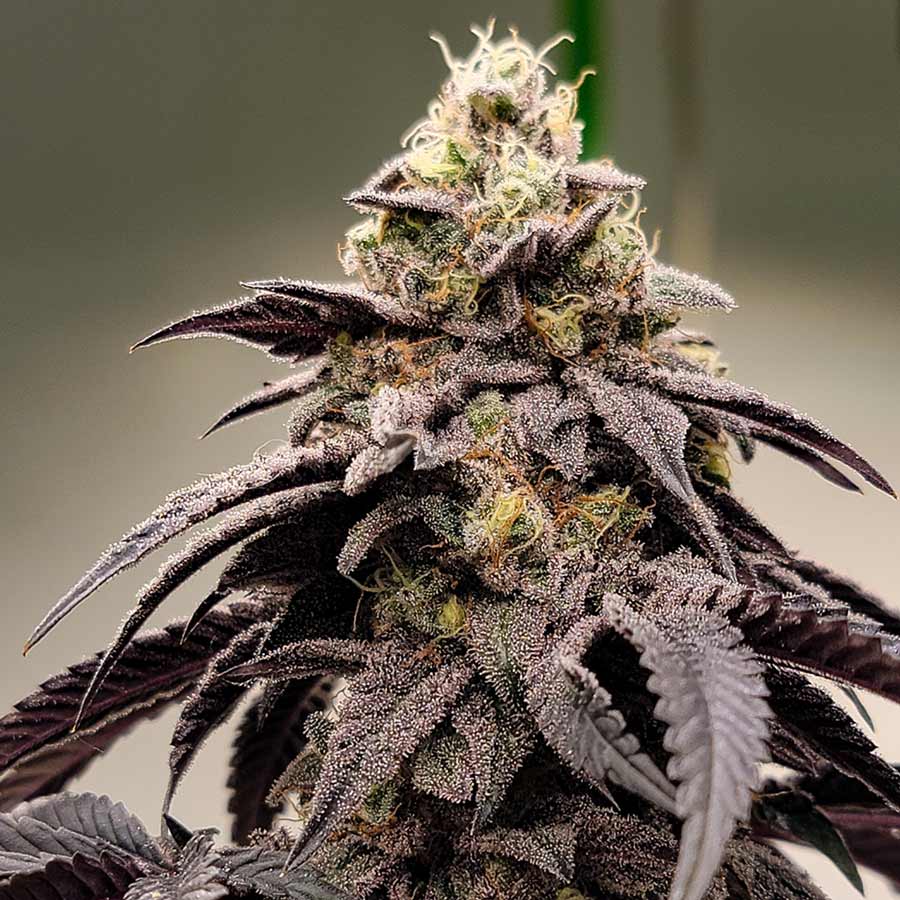How to Trim Cannabis Buds: 9 Expert Tips for Best Results
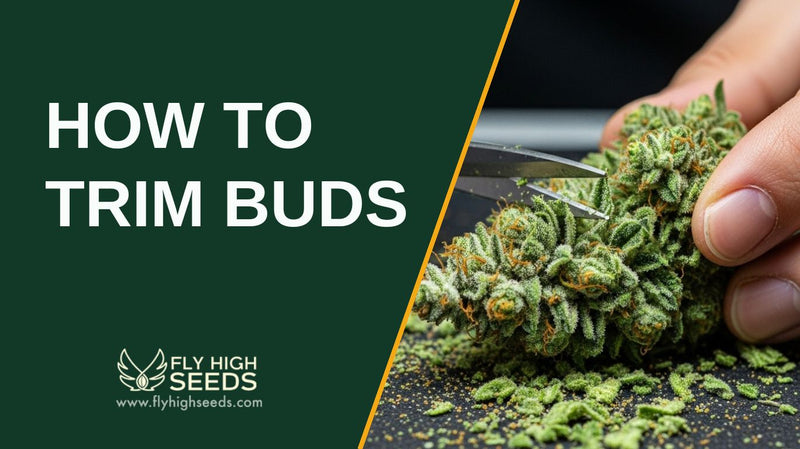
Trimming buds on your cannabis plants is one of the final — and most rewarding — steps in the growing process. Whether you're a first-time grower or a seasoned cultivator, mastering the trim job can significantly enhance the quality, appearance, and potency of your harvest. Here’s how to do it right for the best results.
How to Trim Cannabis Buds
Trimming cannabis buds properly ensures you're left with potent, great-looking, and smooth-smoking flower. Here are the most important tips every grower should know for trimming cannabis effectively.
1. Understand Wet Trim vs. Dry Trim
Wet trim involves trimming right after harvest while the buds are still moist. It’s easier to cut away sugar leaves when they’re standing stiff, and drying happens faster. Dry trim is when you hang the whole plant (or full branches) and trim the buds only after they’re totally dry. Many growers prefer dry trimming for better flavor and a smoother smoke. The choice often depends on your humidity level, space, and personal preference.
2. Prepare Your Space and Tools
Set up a clean, well-lit area with minimal direct sunlight. You’ll need sharp scissors, gloves (sticky buds = messy fingers), a clean tray or screen for collecting trimmings, and possibly a mask if you're sensitive to the smell or trichomes. If you're trimming indoors, proper ventilation with an exhaust fan helps manage heat and humidity during the drying process.
3. Remove Fan Leaves First
Start by cutting off the large leaves, also known as fan leaves. These don’t contain much resin and can be discarded or composted. Removing them first gives you clearer access to the buds from the branches and prepares the whole plant for more detailed trimming.
4. Focus on Sugar Leaves Next
Next, carefully trim away all the sugar leaves — the small leaves covered in trichomes that stick out from the actual buds. These can be saved for making butter or concentrates. Leave enough to protect the buds, but not so much that you’re smoking leaf instead of good stuff.
5. Handle Buds Gently
Buds are delicate, especially when fresh. Avoid squeezing them while trimming. Hold them by the stems or base and work around the one bud at a time. This helps preserve the trichomes, which hold most of the cannabinoids and terpenes.
6. Hang or Lay Out for Drying

If you're doing a wet trim, hang the trimmed buds upside down or lay them out on drying racks. For dry trim, hang the entire plant or full branches first, then trim once dried buds feel crisp on the outside and the stems snap. A good idea is to keep the humidity level around 50-60% and temperature around 60-70°F during drying.
7. Watch for Mold and Moisture
Be patient and wait — rushing the harvest cannabis timeline can cause mold issues. Use a grow tent or a dark, ventilated space. Mold is more likely to develop in dense small buds or when drying spaces are too moist or warm.
8. Use Trims for Extracts or Edibles
After the trimming process, save your sugar leaves and tiny buds. They still contain trichomes and can be used to make butter, tinctures, or hash. It’s a great way to make use of more bud from your garden without wasting any part of the plant.
9. Store Properly After Trimming
Once your buds are trimmed and dried, remove the buds from the main stalk and cure them in airtight jars. Store them in a cool, dark place and burp the jars daily for the first 1–2 weeks to let out excess moisture.
Key Benefits of Trimming Buds
Trimming buds is more than just a cosmetic step—it’s essential for enhancing the quality, potency, and overall experience of your cannabis. Here's why trimming should never be overlooked:
- Improves appearance: Trimmed buds look tighter, cleaner, and more appealing. Removing all the leaves around the buds helps showcase the shape and structure of the actual buds, making them more attractive to consumers and dispensaries.
- Enhances potency: By getting rid of low-resin sugar leaves and leaving behind only the sticky buds, you concentrate the trichomes and cannabinoids where they matter most—boosting the overall strength of your harvest.
- Smooths out the smoke: Leaves, especially fan and small sugar leaves, contain more chlorophyll and can cause a harsh or grassy smoke. Trimming results in a smoother, cleaner burn with better flavor and less coughing.
- Reduces the risk of mold: Excess foliage traps moisture, which can lead to mold or mildew during the drying process. Trimming helps the buds dry more evenly and prevents hidden pockets of moisture.
- Optimizes curing: Cleanly trimmed buds cure more evenly because airflow and humidity levels are more consistent. This helps preserve terpenes and cannabinoids, improving both aroma and effect.
- Increases storage efficiency: Trimmed buds are more compact and uniform, making it easier to store them in jars or containers without wasted space or airflow issues.
-
Maximizes extract potential: Sugar leaves and tiny buds trimmed away can still be used for edibles, hash, or butter—turning what would be waste into valuable by-products.
Essential Tools for Cannabis Bud Trimming
Having the right tools makes the trimming process more efficient, precise, and less messy. Here's a list of must-haves for a smooth trimming session:
- Sharp scissors: Precision trimming shears are ideal for cutting sugar leaves close to the buds without damaging them.
- Gloves: Protects your hands from sticky resin and keeps your buds clean from skin oils.
- Trim tray or screen: Catches falling trichomes and plant matter for easy collection and cleanup.
- Rubbing alcohol: Used for cleaning sticky scissors and tools during long trim jobs.
- Storage jars: Airtight containers for storing trimmed buds during the curing process.
- Drying rack or hangers: Needed if you’re wet trimming and drying individual buds or full branches.
-
Comfortable chair and good lighting: Reduces fatigue and eye strain during extended trimming sessions.
When to Trim Your Cannabis Buds
Timing your trim is just as important as how you do it. You should only begin trimming after your cannabis plants have been harvested and either immediately (for a wet trim) or after drying (for a dry trim). The key is making sure the buds are mature and ready. If you’re unsure whether it’s time, watch for these signs:
- Trichomes are mostly cloudy or amber
- Pistils have darkened and curled in
- Leaves begin to yellow and die back
- Buds feel dense and swollen
- Aroma is strong and distinct
Once these indicators are present, you can confidently harvest the plant and start the trimming process.
Final Thoughts

Trimming cannabis buds may take time and patience, but it's a vital step in producing clean, potent, and great-smelling weed. With the right tools, timing, and techniques, your harvest can truly shine.
Ready to refine your process? Start trimming with confidence and enjoy the rewards of a well-finished grow.
Frequently Asked Questions
How long does it take to trim cannabis buds?
Trimming can take anywhere from a few hours to a full day, depending on how many plants you're processing and your trimming method. Wet trims are usually faster, while dry trimming can take more time due to the brittleness of dried buds.
Can I trim buds without gloves?
Yes, but it's not recommended. The resin is very sticky and can be hard to remove from your fingers. Gloves help keep your buds clean and your hands comfortable.
What should I do with trim waste?
Don’t throw it away—trim waste like sugar leaves and tiny buds can be used to make edibles, butter, tinctures, or concentrates.
Is machine trimming a good alternative?
Machine trimming can save time for large harvests, but it may damage delicate trichomes and alter bud appearance. Hand trimming is still preferred for preserving quality.
How should I store trimmed buds before curing?
Place them in breathable containers like paper bags or drying racks in a cool, dark place until they’re fully dry, then move them to airtight jars for curing.
